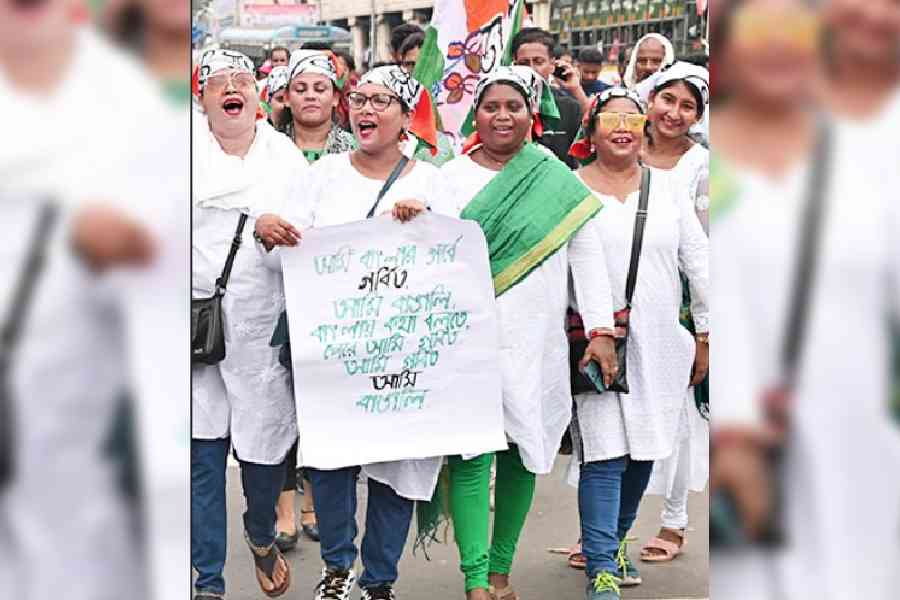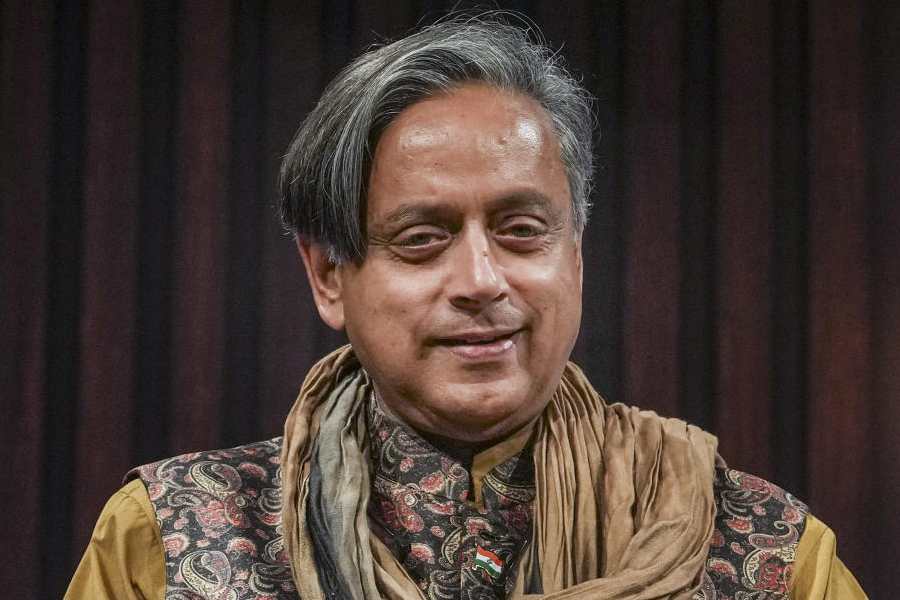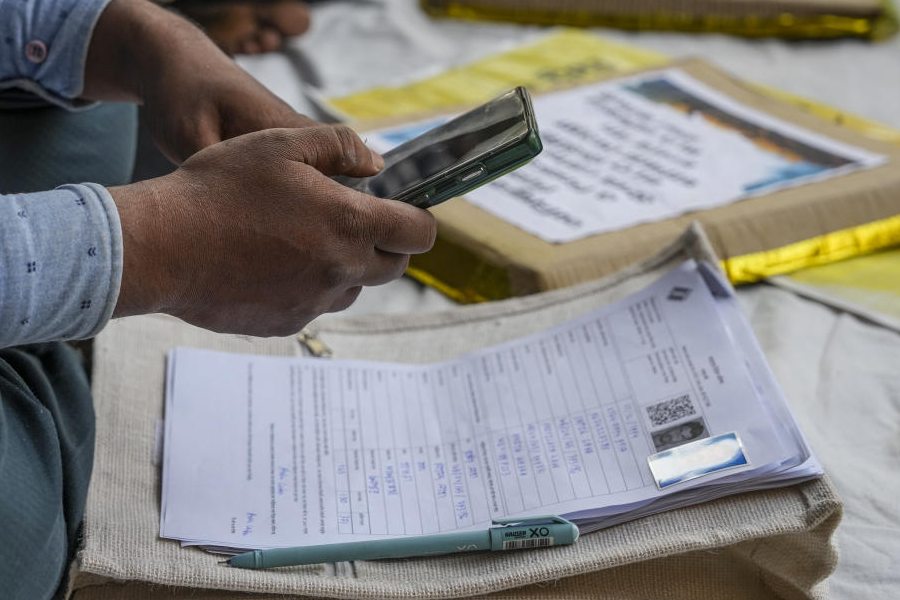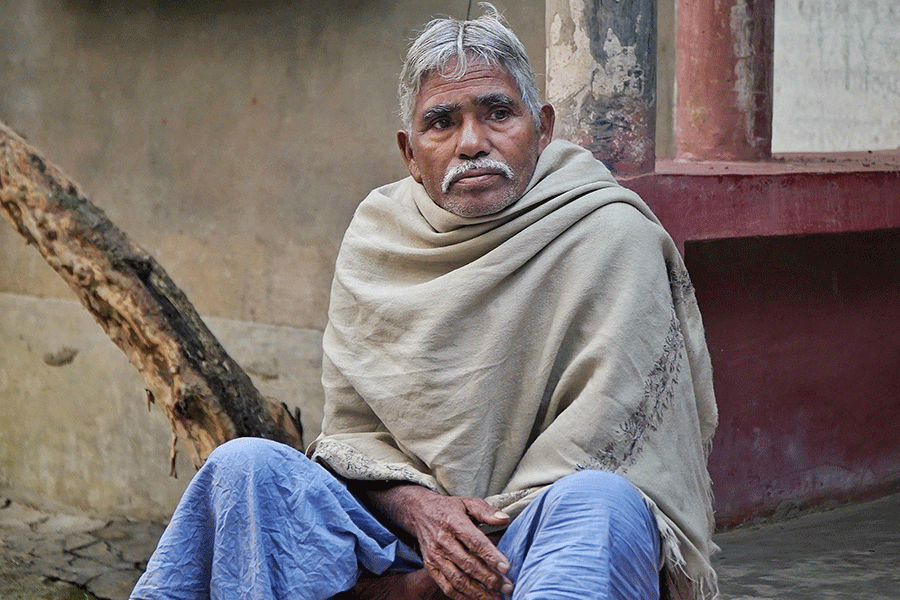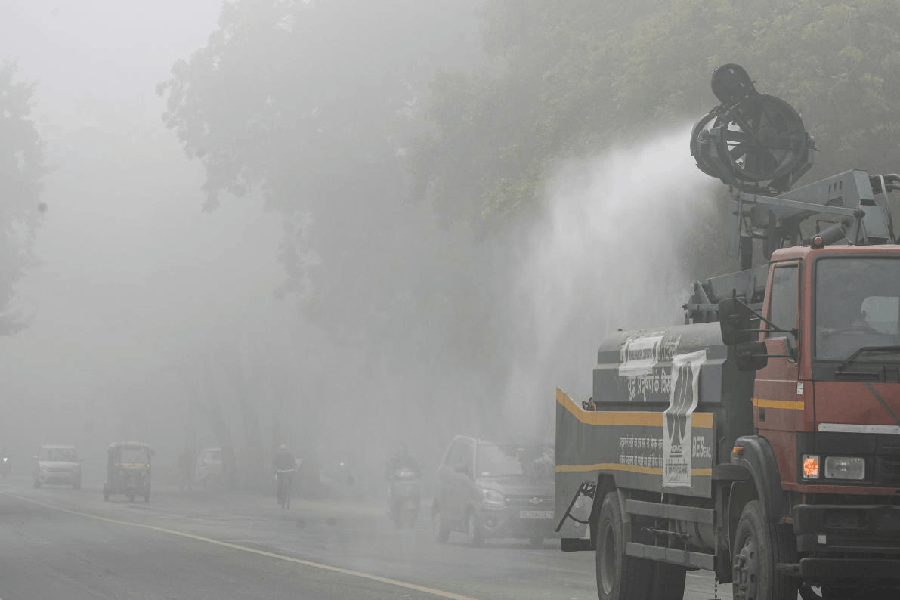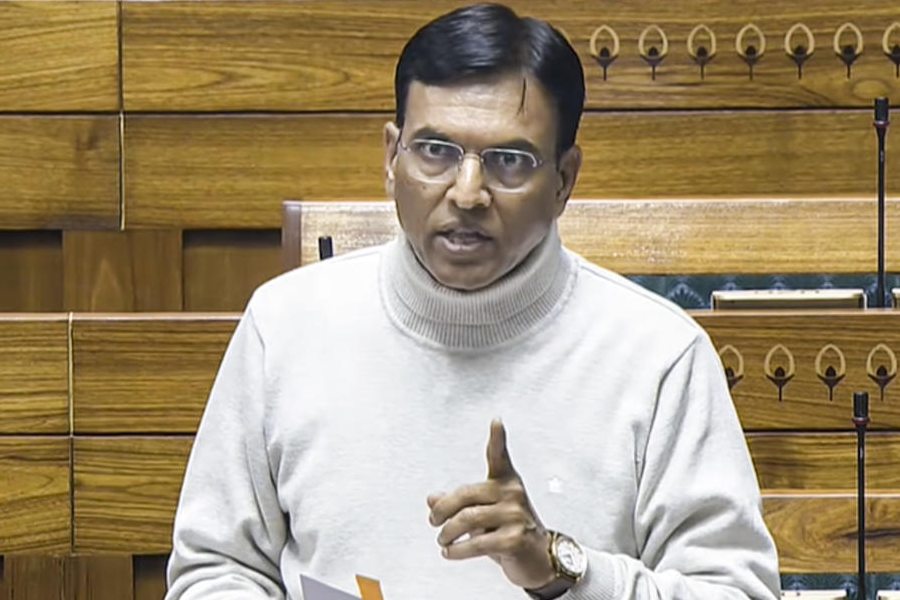- Cash in women’s hands
- Health insurance cards for the family with the woman as the head
- Grants enabling women’s education beyond school
- The many women representatives in Mamata Banerjee’s party
At Monday’s rally in Esplanade, these tangible changes translated into unwavering support. Among the women gathered, there was little doubt that “Didi” represented their best chance for continued progress.
Conversations with rally attendees revealed the deep roots of this allegiance.
Mamata has done more for women than anyone else has before, many said, pointing to welfare schemes like Lakshmir Bhandar and Swasthya Sathi that have strengthened women’s positions within families and communities.
Financial freedom
“Many question how much ₹1,000 can help,” said Bhabani Das Sharma, in her late 50s, who travelled from Nadia’s Haringhata. “But one must realise that in 12 months, it becomes ₹12,000 — a considerable amount for a woman to do something for her family.”
Under the Lakshmir Bhandar scheme, an amount of ₹1,000 is directly deposited into the bank accounts of women aged between 25 and 60 who enroll. The impact goes beyond the money itself.
“We don’t have to ask our husbands for every small thing. This gives a feeling of confidence,” said another woman from the Nadia group.
A woman from North Dinajpur’s Itahar echoed this sentiment: “We can now buy small things for our children without having to ask our husbands for money.”
Healthcare cards
Perhaps more significant than cash transfers is how the Swasthya Sathi health scheme has altered family dynamics. Under this programme, smart cards are issued in women’s names, which means a card issued to a daughter-in-law will cover treatment for the entire extended family — husband, children, and parents-in-law.
“A daughter-in-law is seen differently, with more respect, when a card issued in her name provides free treatment for others in the family,” explained Chaitali Ghosh from Itahar. “This is empowerment happening within the family itself. It gives women confidence and assertiveness.”
This policy design cleverly addresses traditional power structures, elevating women’s status within households where respect often correlates with contribution and control over resources.
Independent voting
The numbers tell a story of unprecedented women’s representation: 11 of Trinamool’s 29 Lok Sabha MPs are women, five of 13 Rajya Sabha members are women, and 53 per cent of Bengal’s three-tier panchayat representatives are women — among the highest percentages in Parliament.
“I doubt any other political party has opened so many political roles for women. This happened because of Mamata Banerjee,” said a woman from south Calcutta.
This representation appears to be creating a virtuous cycle. Rozina Bibi, 32, from Bidhannagar, noted that “women now vote more independently than before. The presence of more women elected members has led to women voting for candidates of their choice, not merely rubber-stamping the candidate the men in their family chose.”
When women see themselves reflected in governance, they become more assertive about their own political choices.
Tackling criticism
The women acknowledged recent instances of sexual assault as concerning but defended the government’s response. “Has the chief minister, administration, or party tried to shield any accused? They have not. Culprits were arrested and punished,” argued Ghosh of Itahar. “Even one instance of assault is unacceptable, but what should be examined is how the administration responds.”
This pragmatic stance — acknowledging problems while defending institutional responses — suggests loyalty built on tangible benefits rather than blind devotion.

